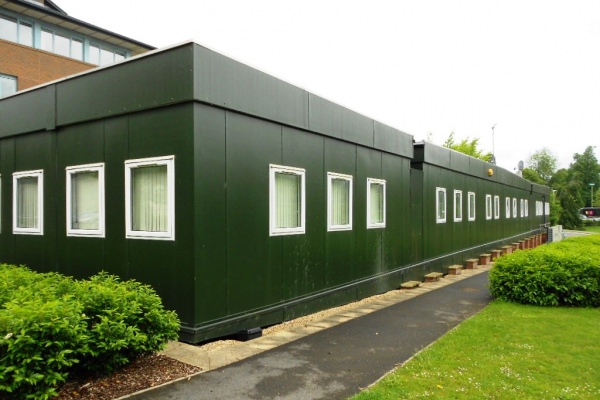Modular Myth Busting: Challenging Misconceptions About Modular Buildings – Part 1
Modular buildings are becoming more and more popular amongst businesses, schools and organisations looking for a cost-effective long-term alternative to...
Posted on 3rd June 2014 Contact Us
Modular buildings are becoming more and more popular amongst businesses, schools and organisations looking for a cost-effective long-term alternative to traditional structures.
However, there are still several commonly held misconceptions surrounding modular buildings, which prevent some people from investing.
In this first post in a two-part guide, we debunk some popular myths about modular buildings, in an effort to help prospective buyers separate the facts from the fiction, and make an informed buying choice.
Myth 1 – Modular buildings are a temporary solution
Whilst it’s true that modular buildings make great temporary structures, thanks to their flexibility, portability and ease of assembly, the fact is that most modular buildings comply with the same building standards as traditional structures.
Modern modular buildings are precision manufactured in tightly controlled factory conditions, using many of the same high quality, durable materials found in traditionally built structures.
This means that modular buildings provide fantastic permanent, and long term solutions across a wide range of different applications, including education, healthcare, business and retail.
Myth 2 – Modular buildings only have a lifespan of 20 years
This is one of the more popular misconceptions, but in reality, it couldn’t be further from the truth.
A realistic working lifespan for a modular building could be 60 years or more – and some of the latest generation of modular buildings have BBA (British Board of Agrément) design life approval of 100 years.
This means that you can invest in a modular building in the confidence that it will provide great long-term value to your organisation, and will continue to provide you with faithful service for generations.
Myth 3 – Modular buildings are sub-standard structures
One of the popular myths about modular buildings is that they are somehow inferior in terms of performance and quality to traditionally constructed buildings.
Construction wise, modular structures are designed to meet all relevant building regulations, utilise advanced materials, and are made using precision controlled manufacturing processes, inside a factory environment.
This means that the materials aren’t subject to environmental or weather damage during the build process, which can cause problems in traditionally built structures.
Myth 4 – Modular buildings are expensive to heat
Many people have the perception that modular buildings are cold and draughty, making them expensive to heat, but this simply isn’t the case.
As with traditional structures, the energy efficiency depends a lot on the insulation, and modern modular buildings utilise advanced materials to ensure that they meet energy efficiency standards. This helps to create a comfortable internal environment, all year round.
In many cases, the precision manufacturing methods, and materials used in modular buildings means that they outperform traditional structures in terms of both air permeability and thermal efficiency, making them cheaper to heat!
Next month
Next month on the blog, we’ll be publishing part two of our modular myth busting, looking at the design, internal environment and real world performance.



